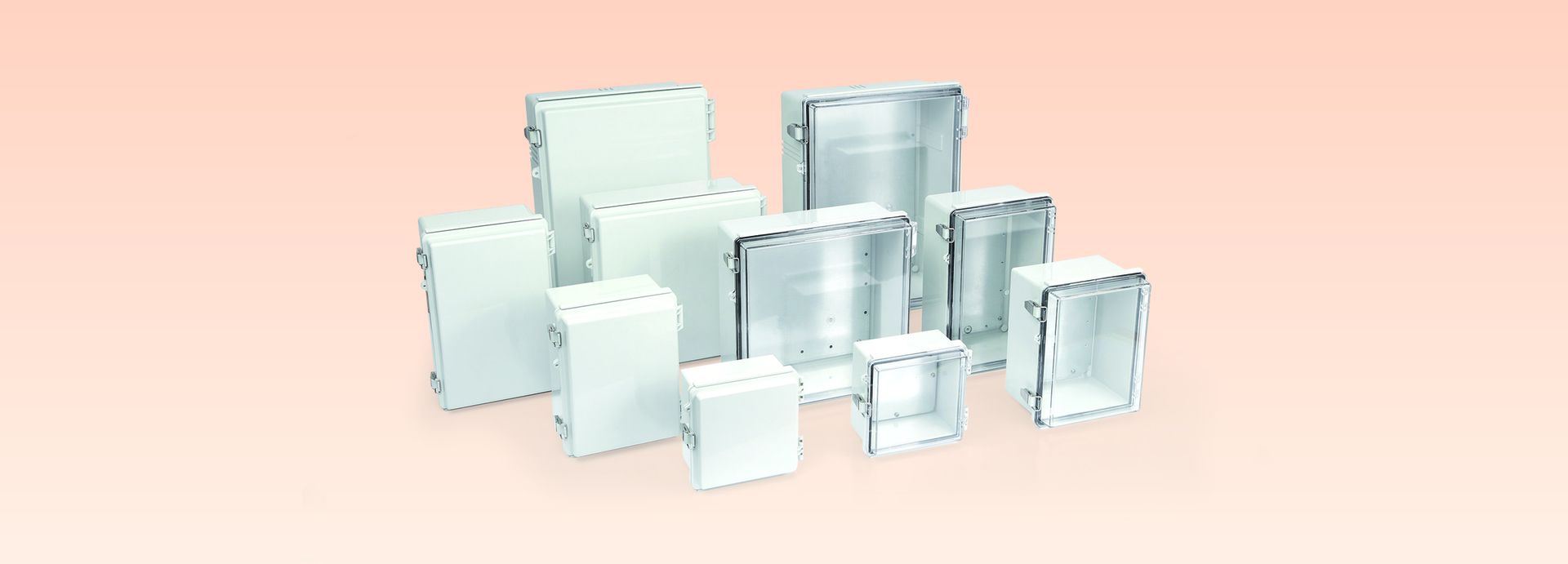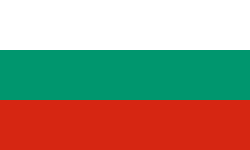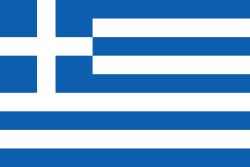Innovative Applications and Benefits of Transparent Plastics
Transparent plastics, such as acrylic, polycarbonate (PC), have revolutionized product design due to their unique combination of clarity, strength, and versatility. These materials provide a wide range of aesthetic and functional benefits, making them ideal for numerous applications. This document explores the key characteristics, benefits, and applications of transparent plastics, highlighting their innovative uses in modern design.
Key Characteristics of Transparent Plastics
- Optical Clarity: Transparent plastics offer excellent optical clarity, allowing for clear visibility through the material. This characteristic makes them suitable for applications where transparency is essential.
- Strength and Durability: Despite their clarity, these plastics are robust and durable, providing resistance to impact and environmental stress.
- Lightweight: Transparent plastics are significantly lighter than glass, making them easier to handle and reducing transportation costs.
- UV Resistance: Many transparent plastics are formulated to resist UV degradation, maintaining their clarity and strength over time when exposed to sunlight.
- Versatility in Processing: These materials can be easily molded, extruded, and thermoformed into various shapes and sizes, allowing for innovative and complex designs.

Benefits of Transparent Plastics
- Aesthetic Appeal: Transparent plastics offer a modern and sleek look, enhancing the visual appeal of products. Their clarity allows for innovative designs that incorporate visibility of internal components or create a sense of openness.
- Safety: Compared to glass, transparent plastics are shatter-resistant, reducing the risk of injury from breakage. This safety feature is crucial in applications where user protection is a priority.
- Cost-Effective: Transparent plastics are generally more affordable than glass, providing a cost-effective solution without compromising on quality and performance.
- Customization: These plastics can be easily colored, textured, and finished, allowing for a high degree of customization to meet specific design requirements.
- Energy Efficiency: The lightweight nature of transparent plastics reduces energy consumption during transportation and installation, contributing to overall energy efficiency

Applications of Transparent Plastics
- Consumer Electronics: Transparent plastics are widely used in the design of screens, covers, and housings for electronic devices. Polycarbonate, known for its impact resistance and clarity, is commonly used in smartphone and laptop screens, offering both protection and a clear display.
- Automotive Industry: In the automotive sector, transparent plastics are utilized for headlights, instrument panels, and windows. Acrylic and polycarbonate provide the necessary durability and optical clarity, ensuring safety and performance in vehicle design.
- Construction and Architecture: Transparent plastics are increasingly used in construction for windows, skylights, and interior partitions. Their lightweight and shatter-resistant properties make them a safer and more versatile alternative to glass in building design.
- Medical Devices: The medical field benefits from the use of transparent plastics in equipment housings, protective shields, and containers. Polycarbonate are favored for their clarity, sterilizability, and resistance to impact, ensuring both safety and functionality.
- Retail and Display: Retail environments use transparent plastics for product displays, shelving, and protective barriers. Acrylic, in particular, is popular for its crystal-clear appearance and ease of fabrication, enhancing product visibility and customer engagement.
- Safety Equipment: Transparent plastics are essential in the production of safety equipment such as face shields, goggles, and helmet visors. Polycarbonate is commonly used due to its high impact resistance and optical clarity, providing protection while maintaining visibility.
- Packaging: Transparent plastics like PET are widely used in packaging for food, beverages, and consumer goods. Their clarity allows consumers to see the product inside, while their strength and barrier properties protect the contents.

Conclusion
Transparent plastics are transforming product design across various industries by offering a combination of clarity, strength, and versatility. Their innovative applications enhance both the aesthetic appeal and functional performance of products, making them indispensable in modern manufacturing. By leveraging the unique properties of transparent plastics, designers and manufacturers can create products that are not only visually appealing but also safe, durable, and cost-effective. Embracing the use of transparent plastics is a strategic move towards innovation and efficiency in product design, meeting the demands of today's competitive market.
















